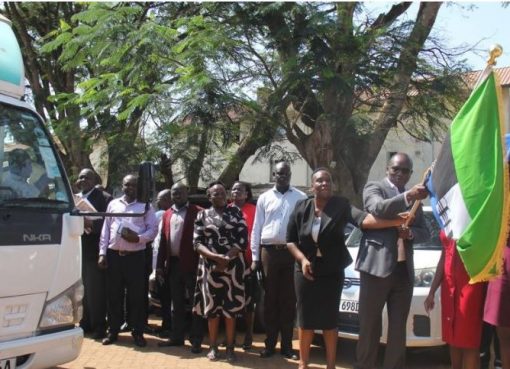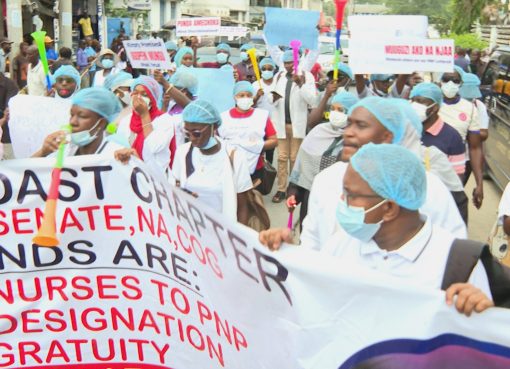The County Government of Nakuru has rolled out an initiative that will integrate Tuberculosis (TB) services into workplace health programes, to help reduce transmission within the community.
The County Executive Member (CECM) for Health, Ms Jacqueline Osoro, said the initiative seeks to systematically engage workplaces in TB prevention and management.
Osoro explained that Sub-county health management teams, TB and leprosy coordinators, will work closely with Tuberculosis Accelerated Response and Care (TB ARC11) project, to integrate TB prevention and management in workplaces and learning institutions across the County.
The CECM emphasized the importance of regular TB screening at workplace, including among health workers, saying this will help in TB transmission control and management.
She urged the health workers, to be on the frontline and lead by example, by taking regular TB screening, to help build confidence among the community members on the importance of TB screening and transmission control.
The County Chief Officer for Medical Services, Dr. John Murima, urged the health care workers to make use of the empowered community health volunteers, to help cut the transmission of TB within the community.
Dr. Murima told health workers in all the 11 Sub-counties, to be the first-line advocates of TB screening and prevention, through sensitization campaigns at the grassroots.
Tuberculosis (TB) Accelerated Response and Care project capitalizes on Kenyan expertise and know-how, to significantly reduce the burden of TB in Kenya by 2018.
The initiative was designed by the United States Government in close collaboration with Government of Kenya health managers.
The activity is being implemented by a local Kenyan Non-Governmental Organization, Centre for Health Solutions, which is led by qualified Kenyan health professionals, who bring local solutions to the Kenyan people.
The initiative aims to increase the proportion of TB cases identified and treated to over 95 percent. It is aligned to the health policies and targets set forth in line with Kenya’s Vision 2030.
According to a survey by the initiative, Kenya is said to have one of the highest TB prevalence rates in the world. But, Kenya has also made tremendous strides in controlling the disease, surpassing the World Health Organization’s TB targets, by detecting 83 percent of the total estimated number of cases and successfully treating 86 percent of patients diagnosed with TB. Kenya has also experienced a decline in the number of new TB cases reported every year.
High poverty levels in Kenya, estimated at 46 percent, have contributed to the burden of TB, through poor housing, poor nutrition, overcrowding in homes and at workplaces, alcohol and substance abuse and poor access to health care services.
The burden of tuberculosis (TB) in Kenya is among the highest in the world and the 4th cause of death among infectious diseases. It has an incidence rate of 210 cases per 100,000 people and a prevalence rate of 283 cases per 100,000 people. Mortality from TB in Kenya is also above the global average at 22 deaths per 100,000.
A survey carried out by TIBU organization revealed that in 2015, 10 counties had higher TB case notification accounting for 48 percent of the total notified cases. These counties include: Nairobi (12,425), Mombasa (4,225), Kiambu (3,702), Nakuru (3,636), Meru (3,420), Kisumu (2,933), Turkana (2,250), Machakos (2,223), Kakamega (2,184), Homabay (2,143).
Kenya Drug Resistant (DRS) survey done in 2015 showed that the prevalence of Multi Drug Resistant-TB is 0.7 percent (0.2-1.1). The Multidrug-Resistant Tuberculosis (MDR-TB) burden, is estimated at 3.1 percent of new and 10 percent of retreatment cases. 423MDR/RR TB cases were confirmed in 2015.
By Esther Mwangi





